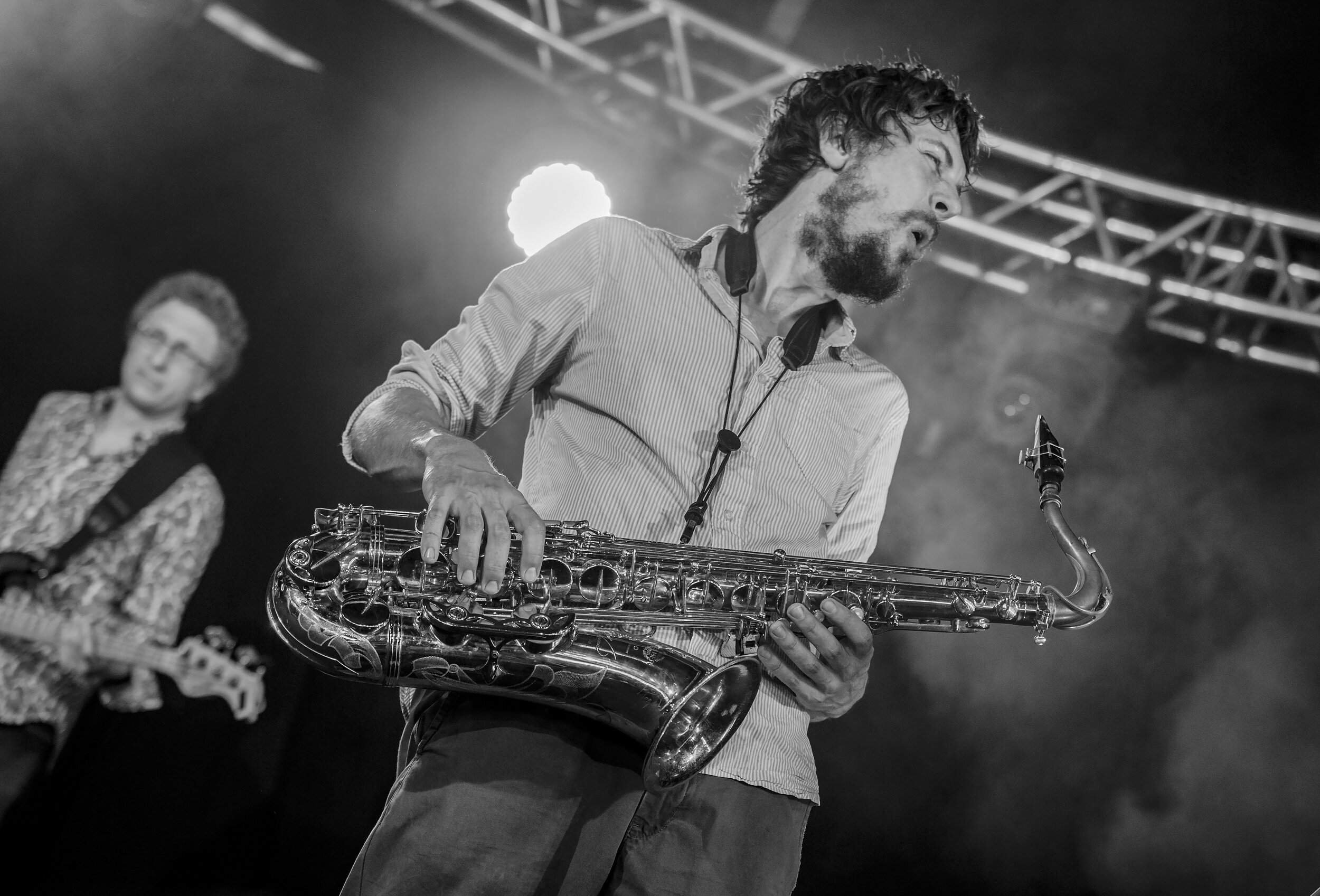Beauty in Monochrome
I am a sucker for the classics and there is nothing more timeless than a Black and White photograph. How it makes you feel, and the surrealism it creates. But the question is, how can you recreate that beautiful timeless photograph in today’s digital world of colour.
“I do find it to be not only a beautiful aesthetic in the photography, but a way to see the world in a more calm, elegant and simple way”
— Eric Kim
Let’s talk about Monochrome!
It is interesting how we refer black and white and monochrome in photography as the same thing but actually, there is a subtle difference in these 2 terminologies.
Monochrome was formed in the mid-17th century and derives from the greek word monokhrōmatos (a single colour). The definition of monochrome is a photograph or picture developed or executed in black and white or in varying tones of a single colour whereas black and white is of an absolute black or an absolute white, shades of grey and no other colour.
I have always been fascinated by the thinking that goes into producing a beautiful black-and-white image and always strive to better myself in this area.
Whilst I was at Waterstones bookshop, I came across Henry Carroll’s ‘Read This If You Want To Take Great Photographs Of People’ and what caught my attention to this book was how Carroll describes the most common mistake when images are transformed into black and white as an afterthought rather than in the forefront of their minds when it comes to taking a picture. ‘Rather than shooting in colour because a subject calls for it, people tend to do so because that’s how their camera is set up. And all too often people compose their shot using the language of colour and then hope that it will translate into black and white later. Neither of these approaches works!’
I will admit, I have done this in the past prior to my knowledge of what I have today. It is a common mistake that I have seen and with the ease of digital raw conversion will be continued to be seen by a lot of photographers.
So why do photographers still use black and white in today’s colourful world of digital photography?
By removing the colours from an image it simplifies the complexity, transforming atrocity into art, power and emotion. It takes you away from reality. By desaturation, colours are replaced by tones of grey, black and white.
To photograph in monochrome one must understand the use of subtle tones, contrast, and lighting as well as the surrounding colour. One must be more observant. Is there a strong contrast between the tones or textures in the image? High-contrast images typically work better in black and white than low-contrast. It’s like tuning your eyes into a certain frequency.
Black and white lie on opposite ends of the tonal spectrum. By making use of the mid-tones as well as your colour tones you lower the contrast of your portrait which subdues the mood and creates a more introspective quality. It is surprising how much this colour spectrum affects the look.
The best way to draw out these mid-tones is to avoid bright sunshine and shoot under the soft even light of an overcast day.
“In black and white there are more colours then colour photography, because you are not blocked by any colours so you can use your experiences, your knowledge and your fantasy to put colours into black and white”
I love this image of Andre Grey of Watford. The black and white creates an extra sense of power which colour would only detract from in order to emphasis the tattoos of inspirational figures in black history.
For me to shoot in Black and White requires me to think, about how am I going to communicate what I can see and what I am experiencing through the power of my images. A sense of surrealism, a wonder, a sense of emotion, or an expression of love?
It is a matter of learning how to read the colour and just like in Black and White, does this communicate the statement which I am intending in order to move and motivate within the image? To conclude, to work in Black and White is to make a deliberate aesthetic statement or to reference work from the past in order to recreate that timeless piece in a particular way.
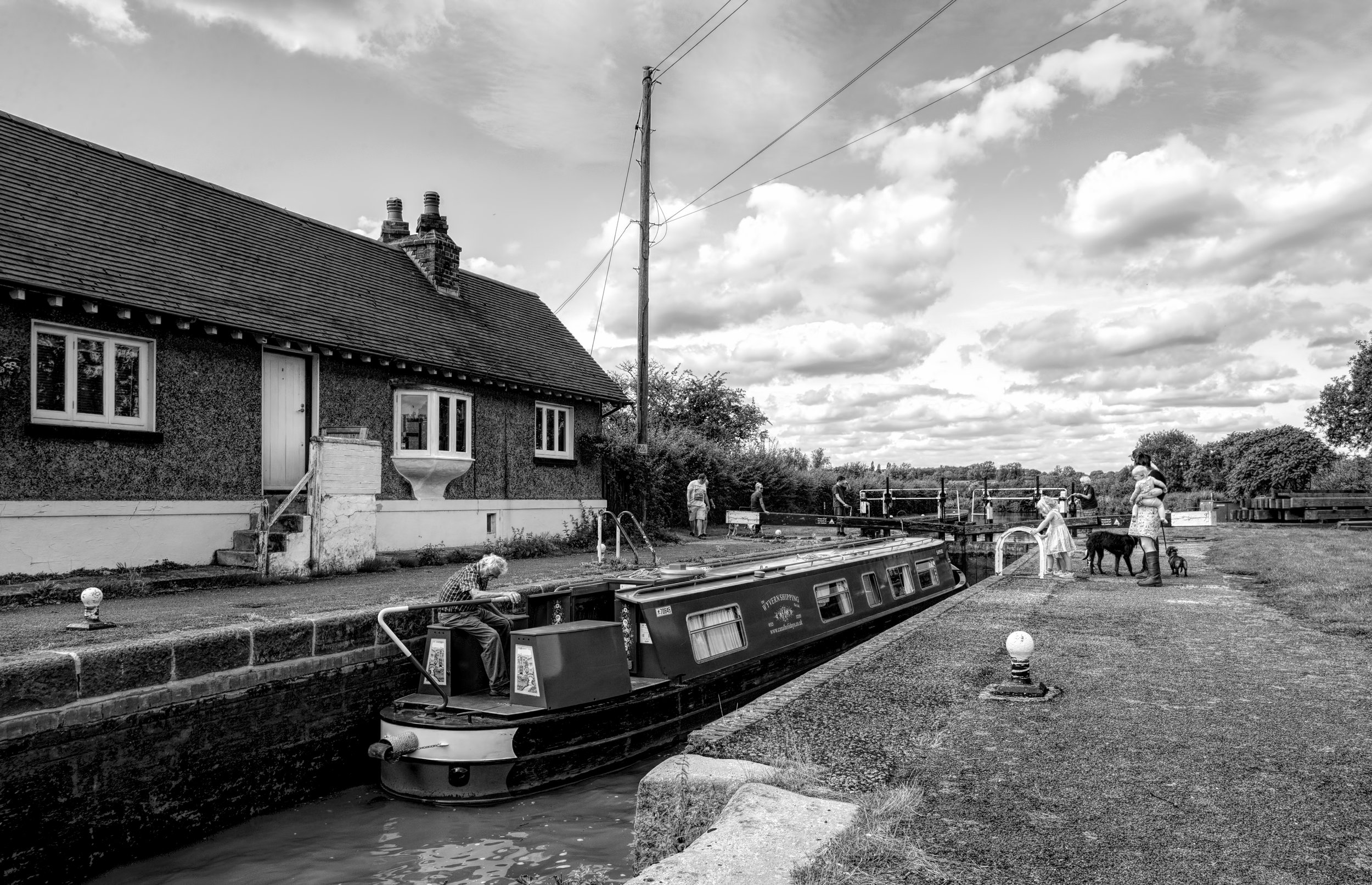


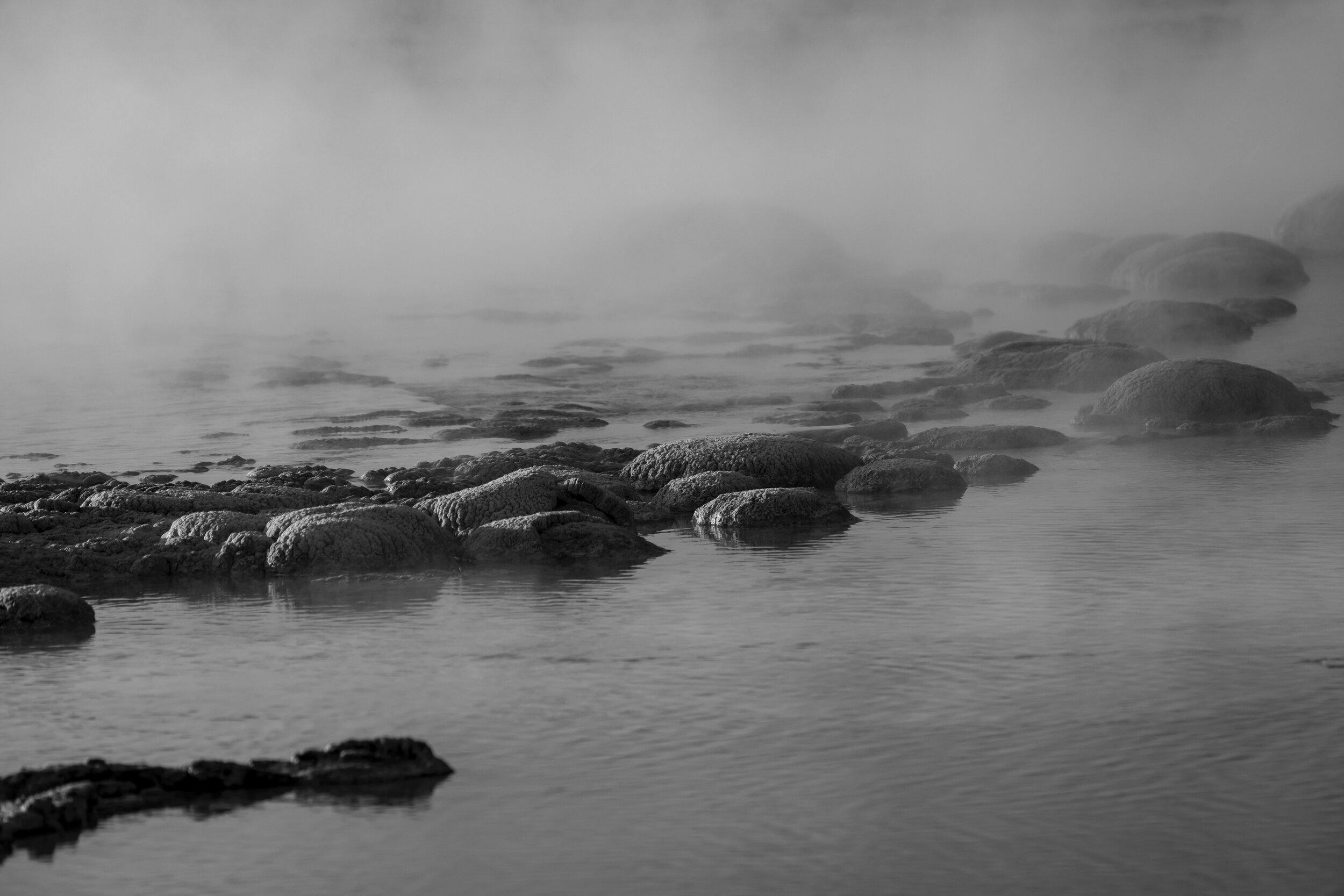


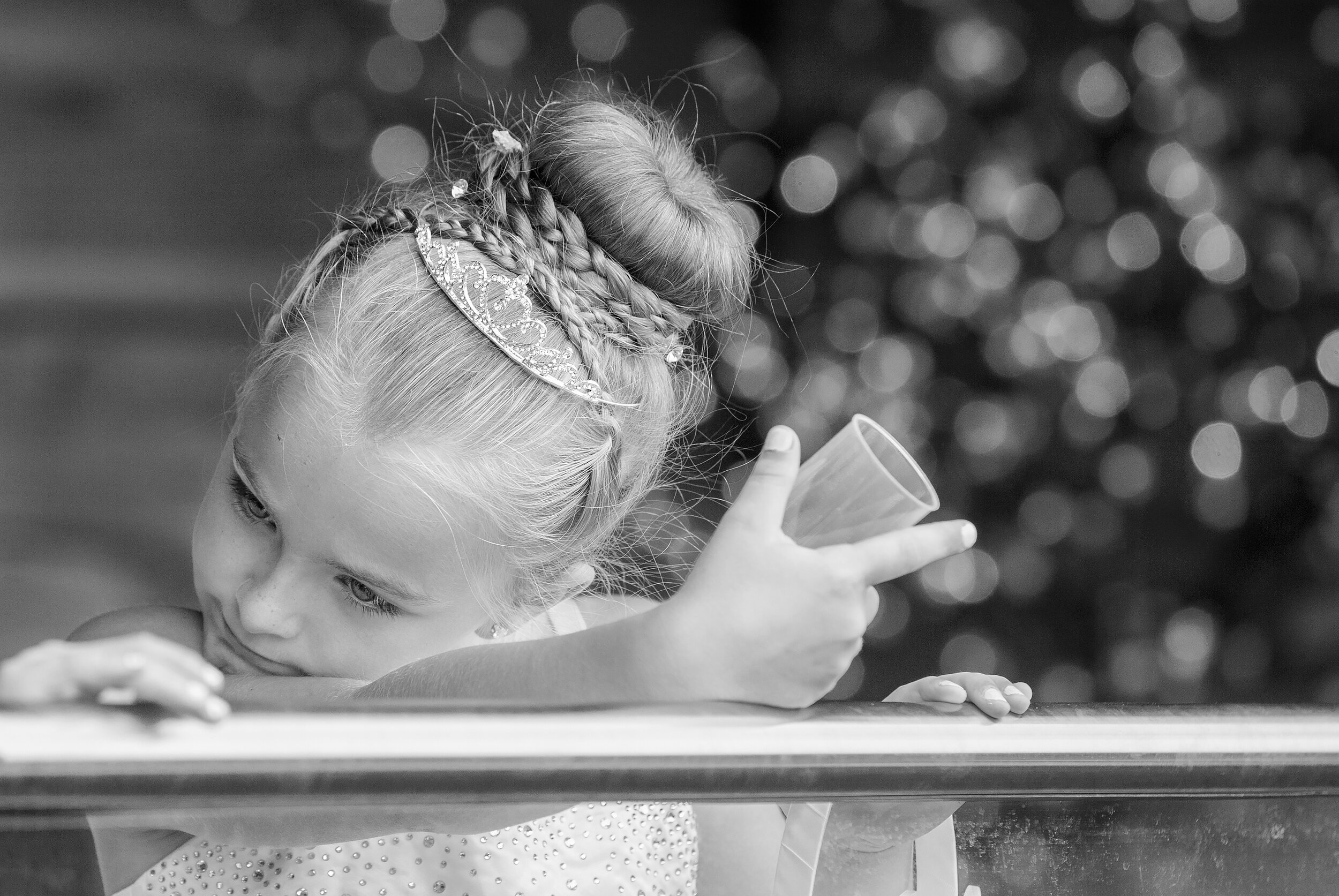
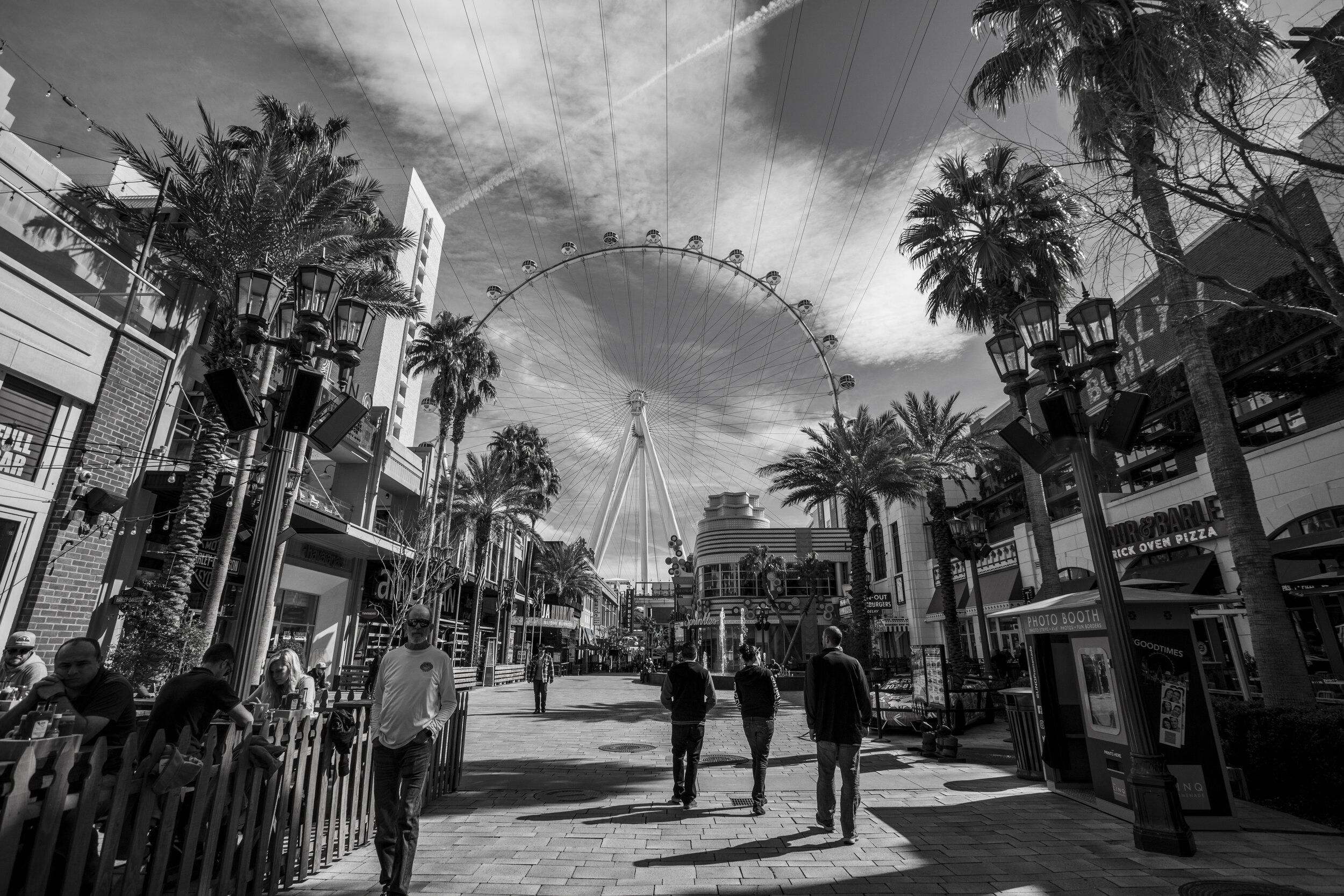
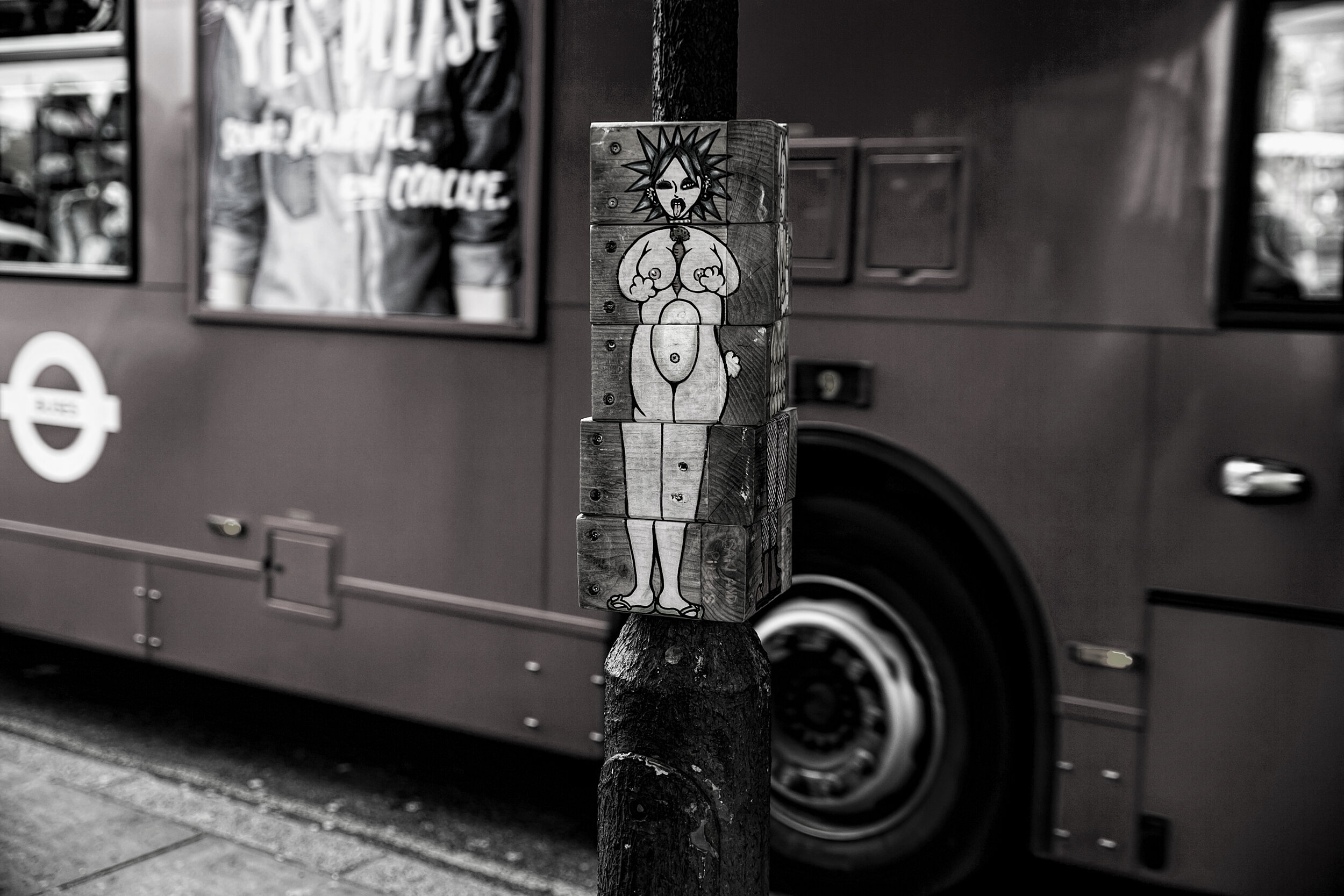

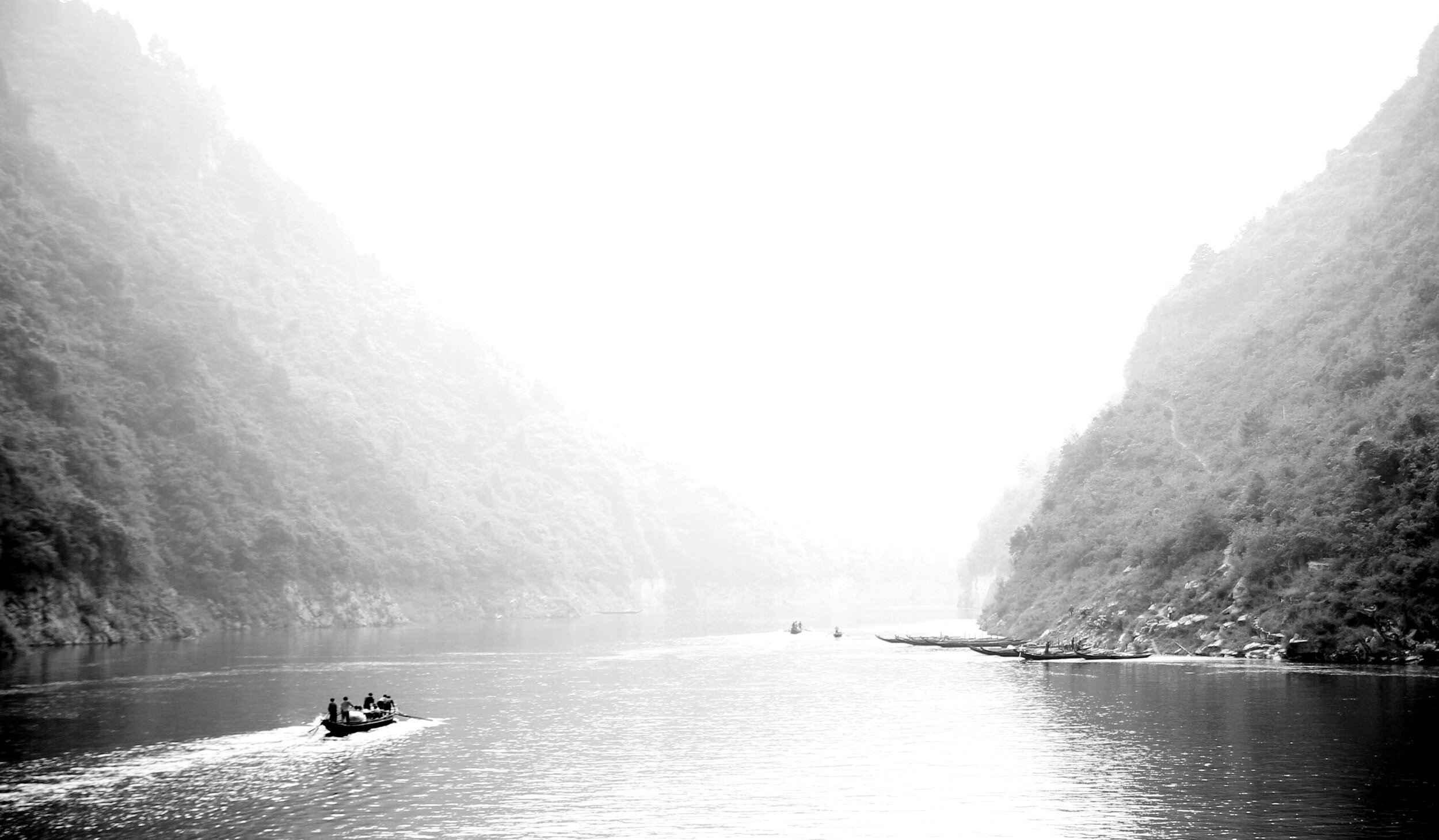


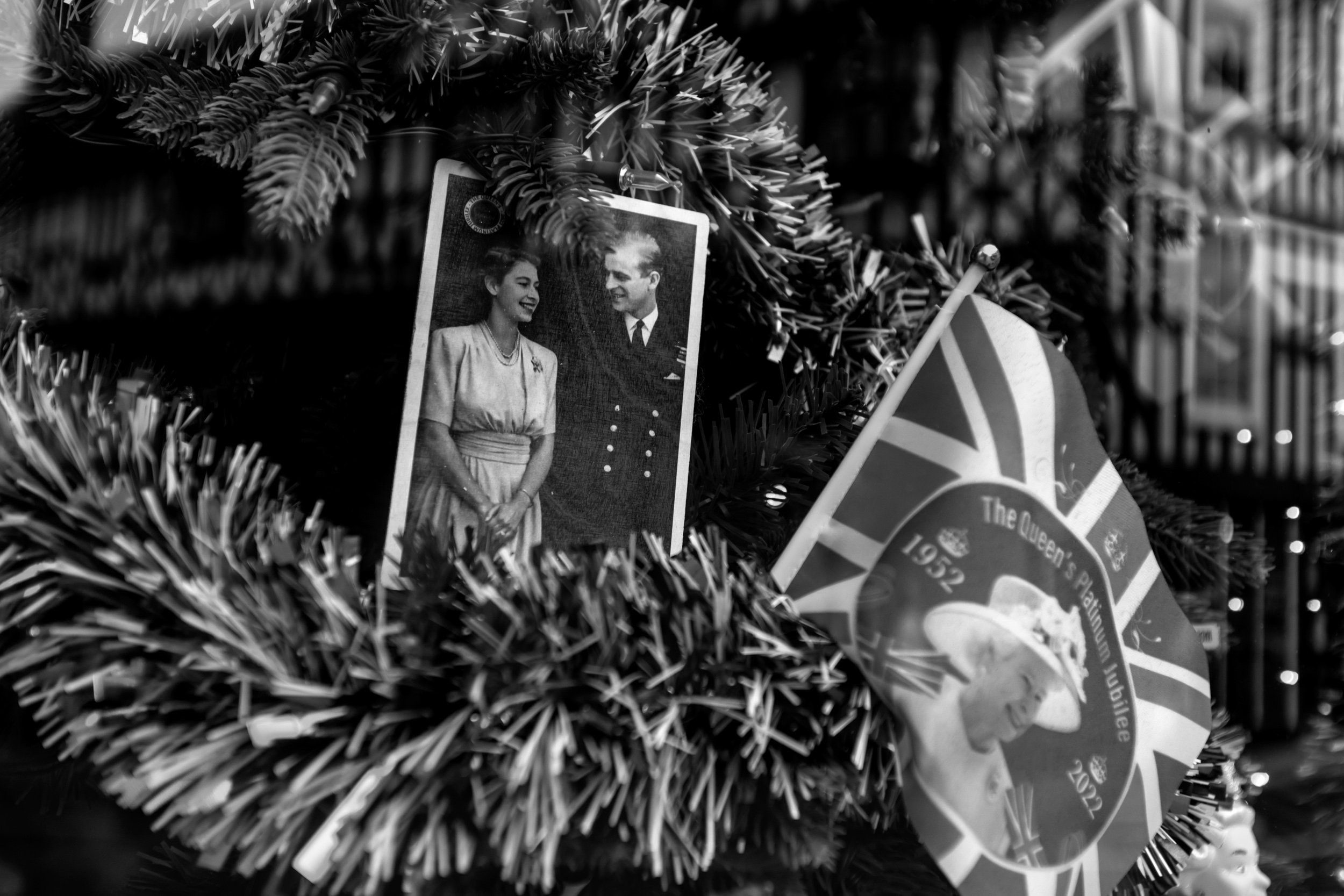
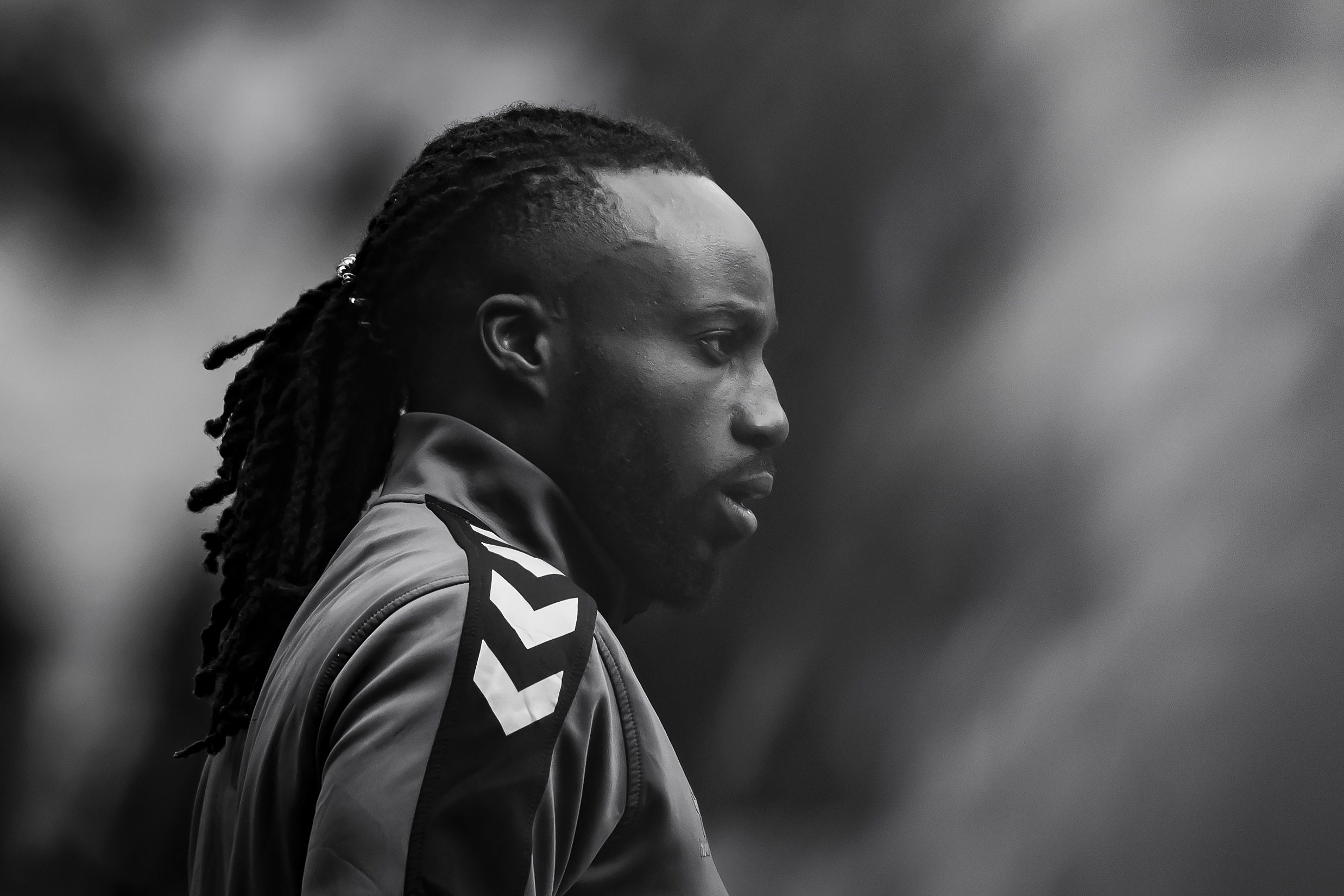
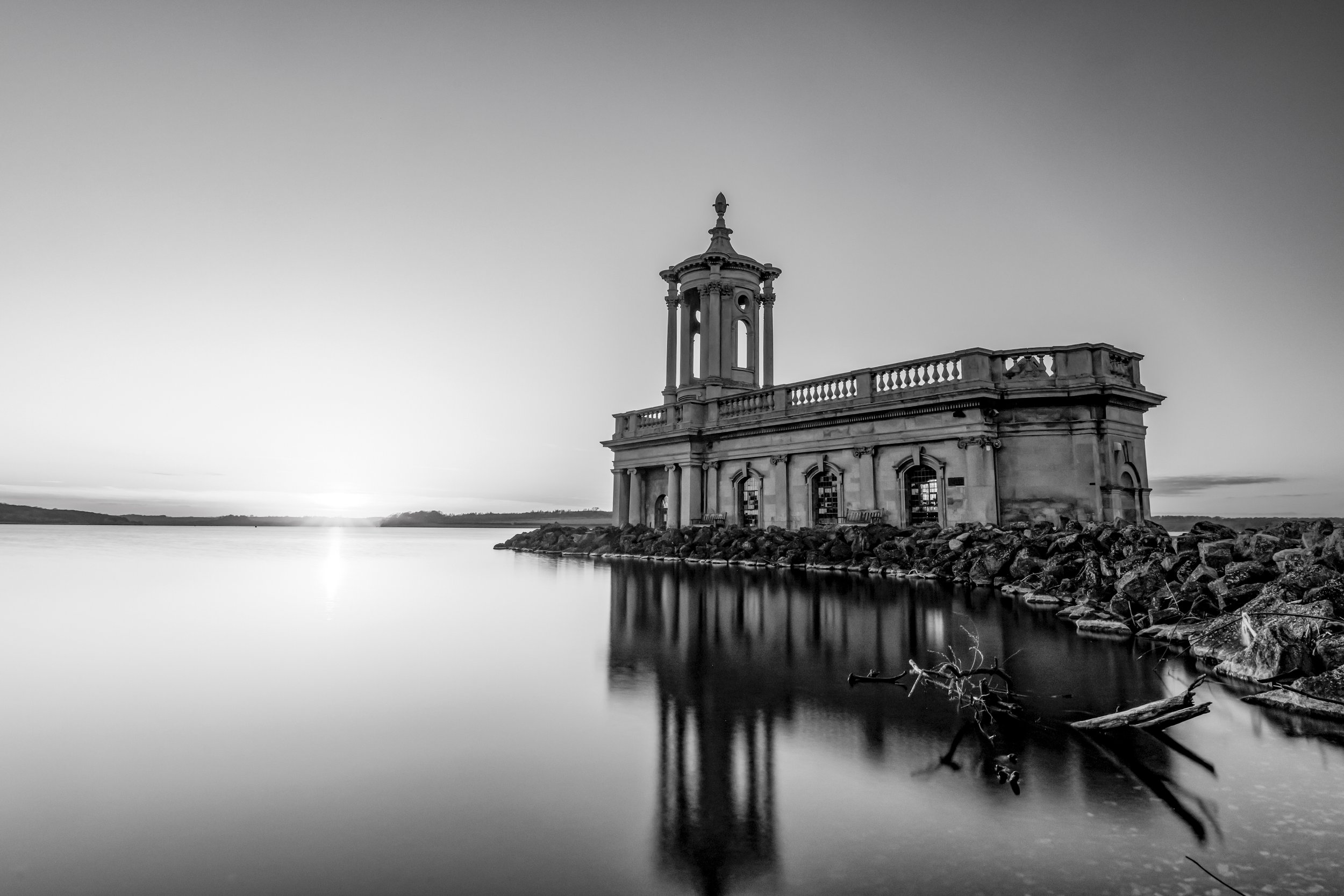
“Choosing between black and white and colour affects who you photograph and how you photograph them”
Leila Coker at Perfect Captures Photography is a Northampton based photographer with the ability to apply her creative knowledge into any type of photographic scenario presented to her.


